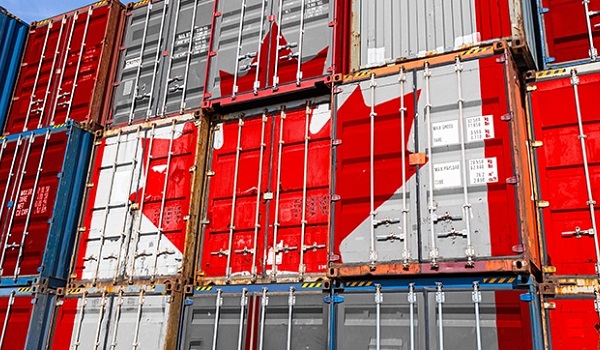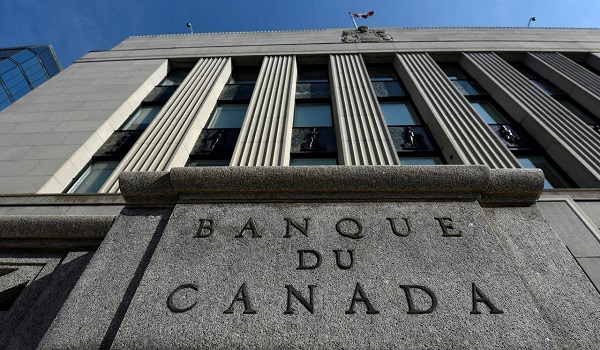Canada reports bigger-than-expected trade surplus in January as imports jump to nearly two-year low
Canada recorded a bigger-than-expected trade surplus of $496-million in January, as imports plunged to a nearly 2-year low while exports fell at a slower pace, data showed on Thursday.
Analysts polled by Reuters had forecast a $100-million surplus in the month. December’s trade deficit was revised to $863-million from a deficit of $312-million initially reported, Statistics Canada said.
“We’ve seen that over the past, as interest rates went up, inflation went up. Canadians have really been cutting back on spending,” said Prince Owusu, senior economist with Export Development Canada. He said if interest rates stay high, it could keep impacting import numbers this year.
The central bank held its key overnight rate at a 22-year high of 5 per cent for the fifth time in a row on Wednesday and said it was too early to consider a cut. The bank has kept interest rates on hold since July in its efforts to cool inflation.
Total imports fell 3.8 per cent to the lowest level since February 2022, largely on consumer goods and motor vehicles, Statscan said. By volume, imports were down 4.1 per cent in the month.
Exports declined 1.7 per cent, a third consecutive monthly fall, mainly on metal and non-metallic mineral products as well as aircraft and other transportation equipment and parts. Total exports fell 1.8 per cent by volume.
“It’s a difficult start to the year. We have a broad-based decline across eight product categories (in exports),” Owusu said, adding that a strong local currency also added to the decline.
The Canadian dollar firmed slightly after the numbers were released with the local currency trading 0.21 per cent stronger at 1.3485 to the US dollar.
Thursday’s trade report is broadly in line with the Bank of Canada’s expectations that high borrowing costs will keep consumer spending restrained in the near term, impacting import levels, while soft foreign demand weighs on exports.
Both imports and exports are projected to pick up in the second half of 2024.
Canada’s trading activity slowed with the United States, which buys more than three quarters of its total exports and accounts for over 60 per cent of its total imports.
Imports decreased by 1.7 per cent in January from the U.S., partly because of lower imports of motor vehicles and parts and pharmaceutical products, while exports fell 1 per cent led by lower exports of aircrafts.
Its trading activity with other countries also slowed in January, Statscan said, adding its deficit with them narrowed.
The declines in imports and exports were both fairly broad-based across sectors which show that “the strength in January’s advance GDP reading was driven by a rebound in public sector work… rather than underlying strength in the economy,” Andrew Grantham, economist with CIBC said in a note.
This article was first reported by Reuters











